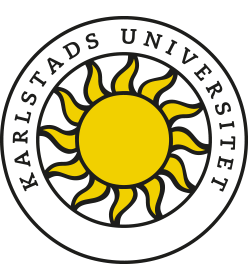Pluralistisk religionsundervisning og egengjøring som ideal
Hva kan vi lære av erfaringene til barn med hindubakgrunn?
Nyckelord:
HINDU CHILDREN, PLURALISTIC RELIGIOUS EDUCATION, AGENCY AND OTHERING, NORMALITY CONSTRUCTS IN REAbstract
The aim of this article is to contribute to the development of a more pluralistic Religious Education. The Norwegian RE teaching in state schools is meant to be “objective, critical and pluralistic”. A project about Hindu children’s experiences with the Norwegian subject “Religion, Philosophies of Life and Ethics” revealed constructs of normality in Religious Education. These normality constructs are based on Western ideas about religion. The findings from the project provide specific knowledge of the children's agency, but this knowledge has also raised critical questions about normality constructs and laid the groundwork for a larger discussion of issues related to children and religious education more generally. The article presents some of the children’s experiences, including the concept of religion, concepts of the divine and the relation between faith and religious practice. The analyses revealed that the children often represented an alternative or oppositional discourse and that the children's positioning themselves could challenge "RE-normality" by representing inclusive attitudes to other religions, expressing complex understandings of the divine and representing approaches to religious practice that differed from the dominant discourse. From this point of departure the article discusses approaches that can contribute to a more pluralistic and fair teaching and avoid othering and exoticism. The approaches are inspired by Homi Bhabha’s “third space”, Edward Soja’s “spatial theory”, “visual culture” from art history, narrative theory and dialogical approaches.


